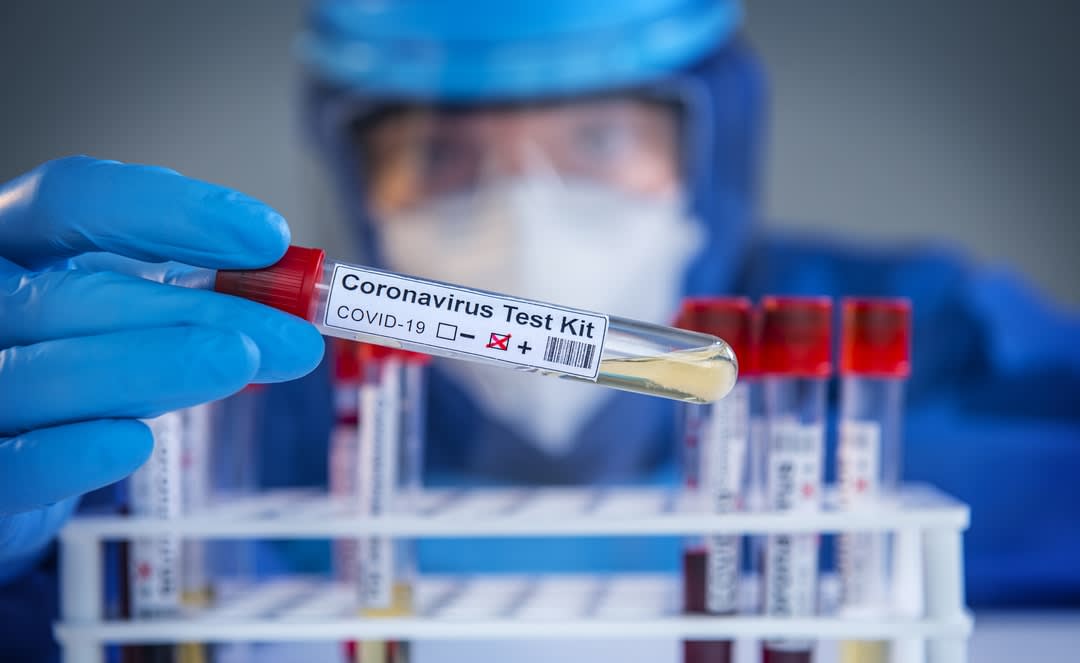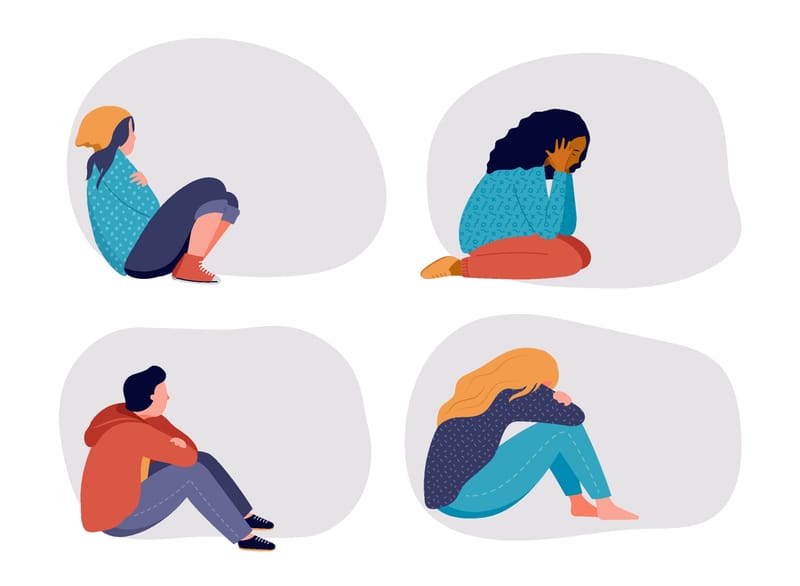
Amid efforts to immediately arrest the spread of COVID-19, it's been easy to lose sight of what must happen next. Major medical innovation must occur before we can ever return to anything like our former ways of engaging in social and economic activity. Efforts to drive those medical innovations are happening, but more efforts that are well-funded and well-coordinated are urgently needed. Successful breakthroughs could deliver enormous short- and long-term benefits.
About 2.7 billion people, comprising a third of the world’s population, are currently in some form of lockdown. This is viewed as our best means of arresting the spread of COVID-19 and saving lives that would otherwise be lost. To date, the loss of lives and livelihoods has been devastating. More deaths and more economic destruction will occur in the months ahead. It's remarkable to think that when 2020 began, we had no notion of the threat we were about to face.
In responses so far, the focus has been on immediately arresting the spread of the virus. This has produced intended effects, although there has been much variation in how countries have implemented the necessary actions. Still, even the best lockdown measures will only temporarily halt or slow the spread of the virus. While talk has begun of easing the lockdown, the pathway out will remain unclear in the absence of medical innovation.
The need for tests, therapies, and vaccines
Tests, therapies, and vaccines represent the three necessary tracks of urgently needed medical innovation. First, while tests for COVID-19 now exist, and a lot of testing has been carried out, we need testing methods that are close to instantaneous, highly accurate, and low-cost. With such test methods available, testing stations could serve as entry points to all forms of social activity, including working together again.

Widespread, continuous testing would allow us to return safely and confidently to riding on public transport, entering workplaces, attending classes, and participating in various cultural and sporting activities. In the absence of a therapy and a vaccine for COVID-19, such instantaneous, accurate, and low-cost testing would give us the means to move safely out of the current lockdown.
Second, while we have therapeutic interventions in the form of hospitalisation and supply of additional oxygen, no therapeutic drugs are currently available, although efforts are underway to develop them. Some form of drug will likely be available during 2020.
Wide availability of therapeutic drugs would slow the death rate from the virus. People contracting it would still suffer sickness, but drug treatments could mitigate the severity of that sickness, and return more people to health. Once these drugs become available, we will be in a much better position to tackle COVID-19. Together with widespread, continuous testing, this medical innovation would allow for more confident removal of lockdown restrictions.
Third, the holy grail of medical research is the discovery of an effective vaccine for COVID-19. Discovery and initial testing of a vaccine would open the way for clinical trials and, ultimately, for widespread manufacture and delivery of the vaccine. With vaccination regimes in place, it would be possible for populations to engage in social and economic activities of the kind we construed as normal before the COVID-19 outbreak.
The need for public investment and more coordinated research
So, what are the prospects of rapid development of tests, therapies and vaccines for COVID-19?
Medical researchers are at work on all three fronts, but best estimates are that mass development and delivery of a vaccine will not happen before the middle of 2021.
Bill Gates, co-chair of the Bill and Malinda Gates Foundation, is leading philanthropic efforts to support vaccine development. Governments from several wealthy nations, including Australia, Canada, the UK and the US, have established funds for vaccine development.
The best public policies work as investments. Governments could do more to coordinate and strengthen public and private fundraising efforts. On the medical side, the COVID-19 challenge provides a powerful incentive for researchers to rapidly devise and utilise new ways to work collaboratively. Governments could assist with acceleration and contribute to better coordination of medical research. They could also ensure that the tests, therapies and vaccines that go into mass production meet all usual safety standards, while eliminating all possible sources of delay.
New approaches to rapid medical innovation could help us move to a feasible and desirable COVID-19 endgame.
The process innovations discovered along the way could improve our capability to tackle future virus pandemics. Some public leaders have rightly received praise for their efforts to contain the spread of the virus in their jurisdictions.
Given the widespread loss of lives and livelihoods experienced already, the great need now is for smart, collaborative, and effective global leadership. With recognised strengths in medical research and multilateral diplomacy, Australia is a natural candidate to drive such global action.





